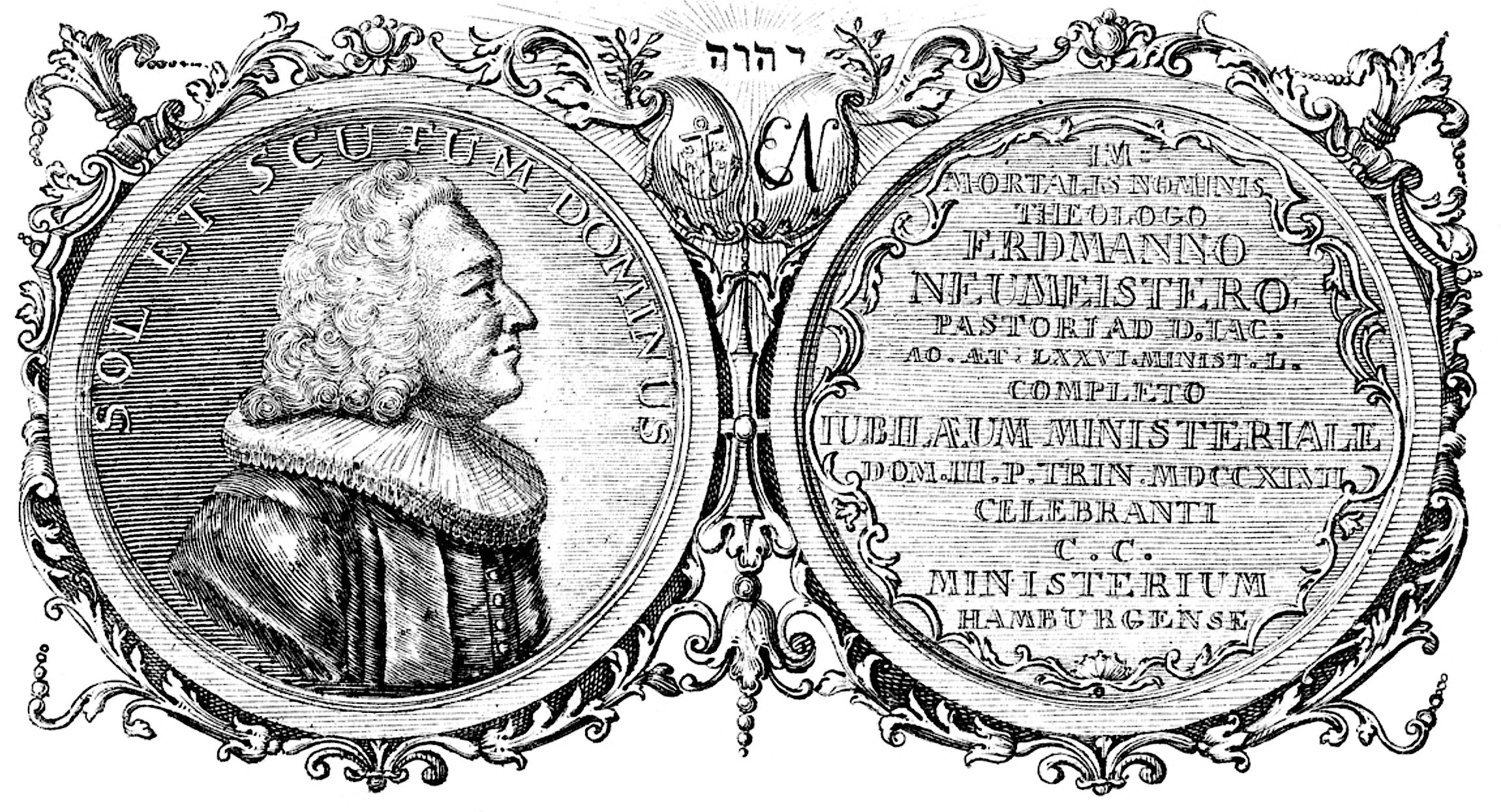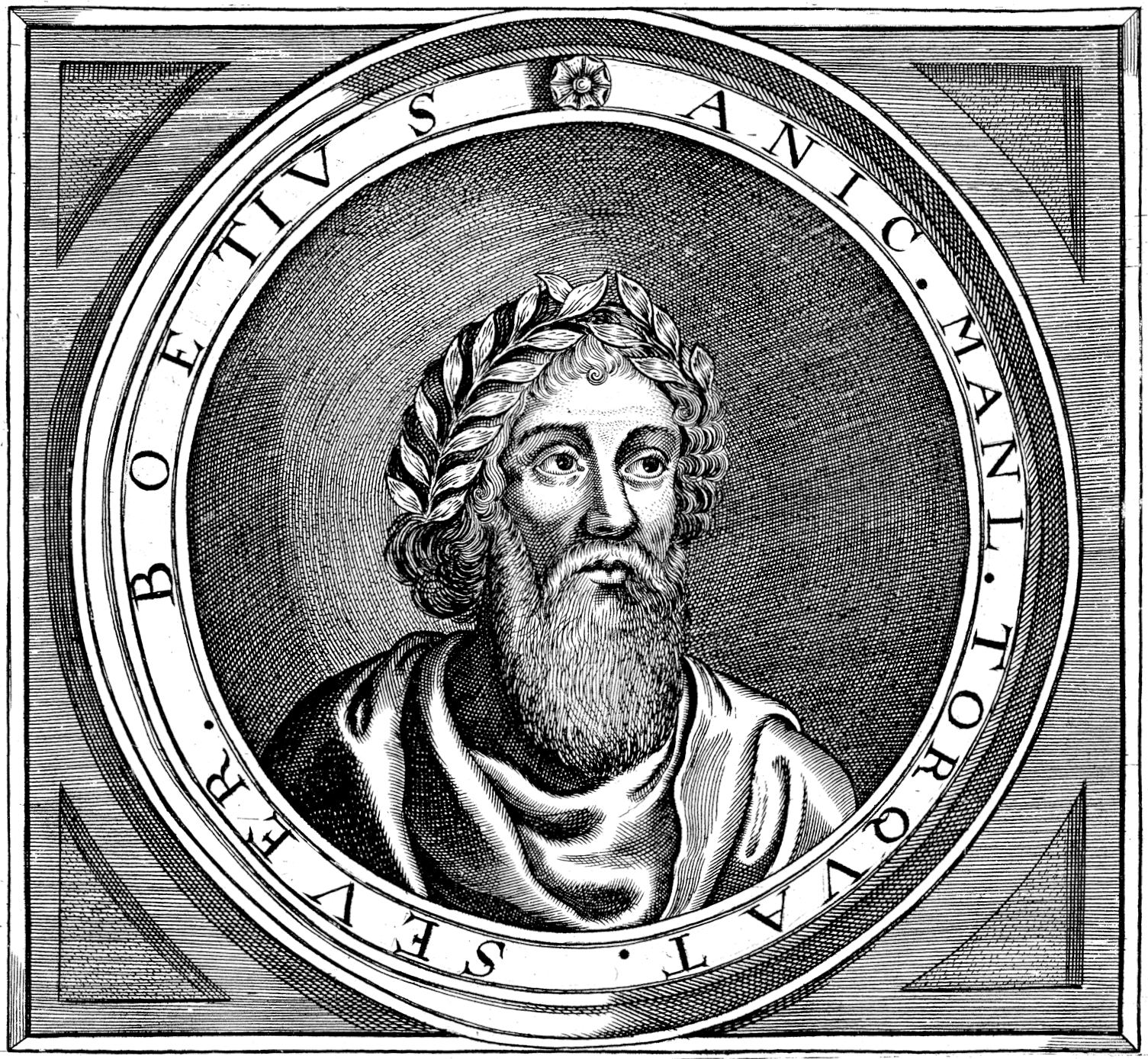
In our last issue (Summer 2023), Adam Carnehl wrote:
“Early in 1522, angry crowds in Wittenberg broke stained glass, burned paintings, and toppled statues of Mary and the child Jesus. Inspired by the iconoclastic rhetoric of scholar and reformer Andreas Bodenstein von Carlstadt, the rabble believed they were upholding the ancient commandment against idolatry by smashing the sacred art of the city church. When Luther returned in early March, he put an immediate end to the violent destruction by preaching a series of powerful sermons in which he condemned the unruly violence.”
This Carlstadt was not the first to destroy imagery in the Church in the name of God, and the first Lutherans were not the first to resist such destruction and misuse of God’s name. Two major waves of iconoclasm washed over the Christian East during the first millennium of Christianity, the first in AD 726-787 and the second in AD 814-842. Far from being a fringe movement, the widespread destruction of religious imagery in churches and other public places during these times was encouraged and enforced by some Christian imperial and episcopal authority, and it included persecution of those who supported the use and veneration of Christian iconography. During these times, a great deal of Christian artwork was lost in precisely those places where it was born and flourished, the eastern centers of Christianity.
However, some very ancient works survived. One such survivor is the artwork here, called “Christ Pantokrator,” that is, “Christ Almighty.” It is located at St. Catherine’s Monastery at Mount Sinai. The monastery was founded under the Emperor Justinian I (c. AD 482-565) toward the end of his reign. This icon dates from that same period, and Justinian may have been the one who gave it to the monastery.
It is the “first icon” or image of Christ in several senses. It is one of the oldest depictions of Jesus Christ that survives to this day, and it is the oldest depiction of the Christ Pantokrator motif. This motif, in turn, is one of the earliest consistent ways of depicting Christ in the early Church. It aims to grasp, display, and confront the viewer with the central truth of the cosmos: Jesus has conquered and now reigns over all. The elements of the motif include the face of Christ pointed directly toward the viewer, with the Lord dressed in kingly clothing. In His left hand He holds a book, and with His right hand He gestures. The book can be variously interpreted as the Gospel or as the Book of Life, mentioned many times in the Revelation. In some images the book is open, and text, often a passage from the Gospels, is present; in other cases the book is closed, as in this image. The gesture He makes with His right hand is either of teaching (following the gesture conventions of the Roman oratorical tradition), or of blessing, or of both. Many Lutheran pastors use a similar hand posture today when tracing the sign of the cross over the congregation at the conclusion of the Divine Service.
When looking at this particular icon, perhaps the first thing that jumps out is the asymmetry of Jesus’ face. His eyes don’t point in the same direction. His eyebrows, mouth, and facial hair are not balanced. His right side is soft and lit, while His left side is shadowy and harsh. What is the artist’s purpose in this?
Cover up the left half of the icon so that the left side of Jesus’ face is showing. Notice that he is entirely angry. His eye rages and His mouth curls in disgust. This is Christ condemning the goats whom He will place on the left in the Judgment (Mt. 25:33, 41-45). The book that He holds in His hand is shut to them, for they rejected the Gospel. And note well: Jesus is not looking at you.
Now cover up the right side of the icon so that Jesus’ right side is showing. Notice how meek and kindly Jesus looks. His face is peaceful, and He holds up His right hand in blessing. This is Christ welcoming the sheep into the kingdom that was prepared for them from the foundation of the world (Mt. 25:34-40). And notice His eye! He isn’t looking off to His right, as if you, the viewer, were somehow neither a sheep on the right nor a goat on the left. But He looks at you! His left eye looks at the goats over there somewhere, but His right eye looks at His sheep, His dear little lambs, and there you are, held in His gaze.
This is a call for steadfastness. On the Last Day we know which eye we want looking at us. The artist has given us a taste of what we desire, inspiring us to press on toward the goal, to go to church, to listen to God’s Word, to love our neighbor and not the things of this world. May the Lord preserve us steadfast in the true faith to life everlasting.



